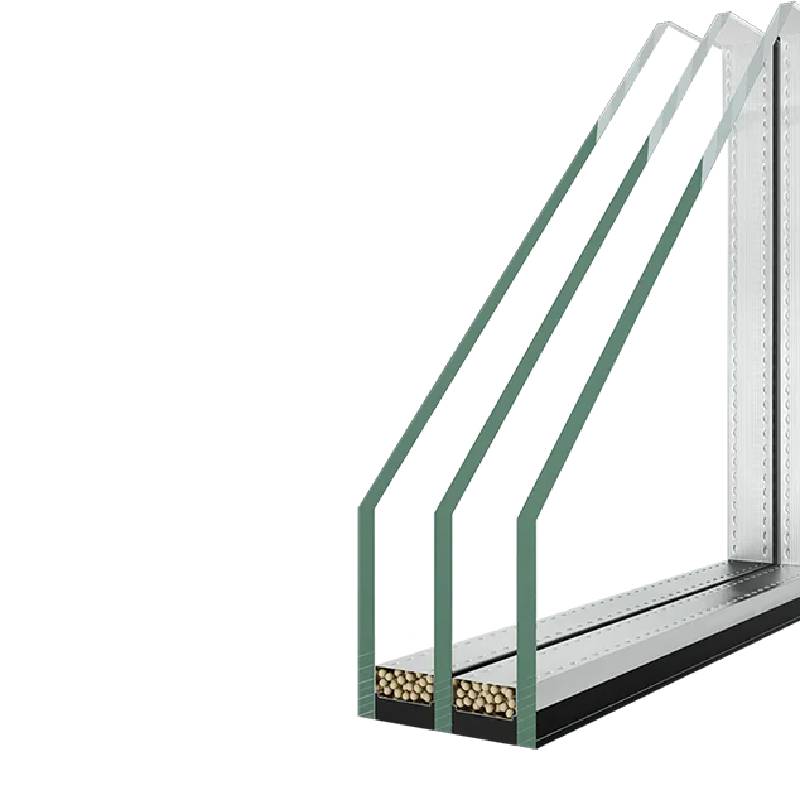

Understanding Dead Flat Float Glass Properties, Uses, and Applications
Glass is an essential material in various industries, and one specific type, known as dead flat float glass, has gained significant attention due to its unique characteristics and diverse applications. Understanding what dead flat float glass is, its properties, and where it is typically used can provide valuable insights into its importance in modern manufacturing and design.
What is Dead Flat Float Glass?
Dead flat float glass is a high-quality glass product known for its remarkable flatness and clarity. The float process refers to the method used to manufacture the glass, where molten glass is poured onto a bed of molten tin. This technique results in a smooth, uniform surface, and the glass is free of distortions, bubbles, or waves that can affect visibility. The term dead flat indicates that the glass is exceptionally flat, making it ideal for applications requiring precise optical clarity.
Properties of Dead Flat Float Glass
1. Optical Clarity The most significant characteristic of dead flat float glass is its optical clarity. When light passes through, it does so with minimal distortion, making it suitable for high-visibility applications like display cases and windows.
2. Uniform Thickness The manufacturing process ensures that the glass has a consistent thickness throughout its surface. This uniformity is crucial in applications where balanced light transmission is essential.
3. Durability Although float glass is not as tough as tempered glass, it still possesses a decent level of durability for various uses. It is less likely to break under normal conditions, but precautions should be exercised, especially in high-impact areas.

5. Ease of Fabrication The smooth and uniform surface of this glass type makes it easier to cut, shape, and install, which is beneficial for manufacturers and builders alike.
Applications of Dead Flat Float Glass
1. Architecture and Construction Dead flat float glass is commonly used in modern architecture for windows, storefronts, and curtain walls. Its clarity and aesthetic appeal enhance the overall look of buildings while allowing natural light to penetrate.
2. Display Cases In retail environments, dead flat float glass is frequently employed in display cases to showcase products while maintaining an unobstructed view. Its optical properties ensure that items remain visually appealing to customers.
3. Interior Design Many interior designers opt for dead flat float glass in partitions, glass doors, and shower enclosures. The sleek, modern appearance adds sophistication to any space.
4. Automotive Industry The glass is also utilized in the automotive sector, particularly for high-quality side windows and rear-view mirrors, where clarity is paramount for safety and aesthetics.
5. Electronics and Technology In the technology realm, dead flat float glass is used in screens for devices such as smartphones and televisions, where flatness and clarity are critical for display quality.
Conclusion
Dead flat float glass is more than just a transparent material; it embodies a combination of clarity, durability, and aesthetic appeal that makes it invaluable in various industries. Its unique properties enable innovative applications in architecture, retail, and technology, among others. As industries continue to evolve, the demand for high-quality materials like dead flat float glass is likely to grow, showcasing its essential role in modern design and manufacturing. Understanding the significance of this glass type can lead to better choices in construction, design, and product development, ultimately contributing to advancements across multiple sectors.